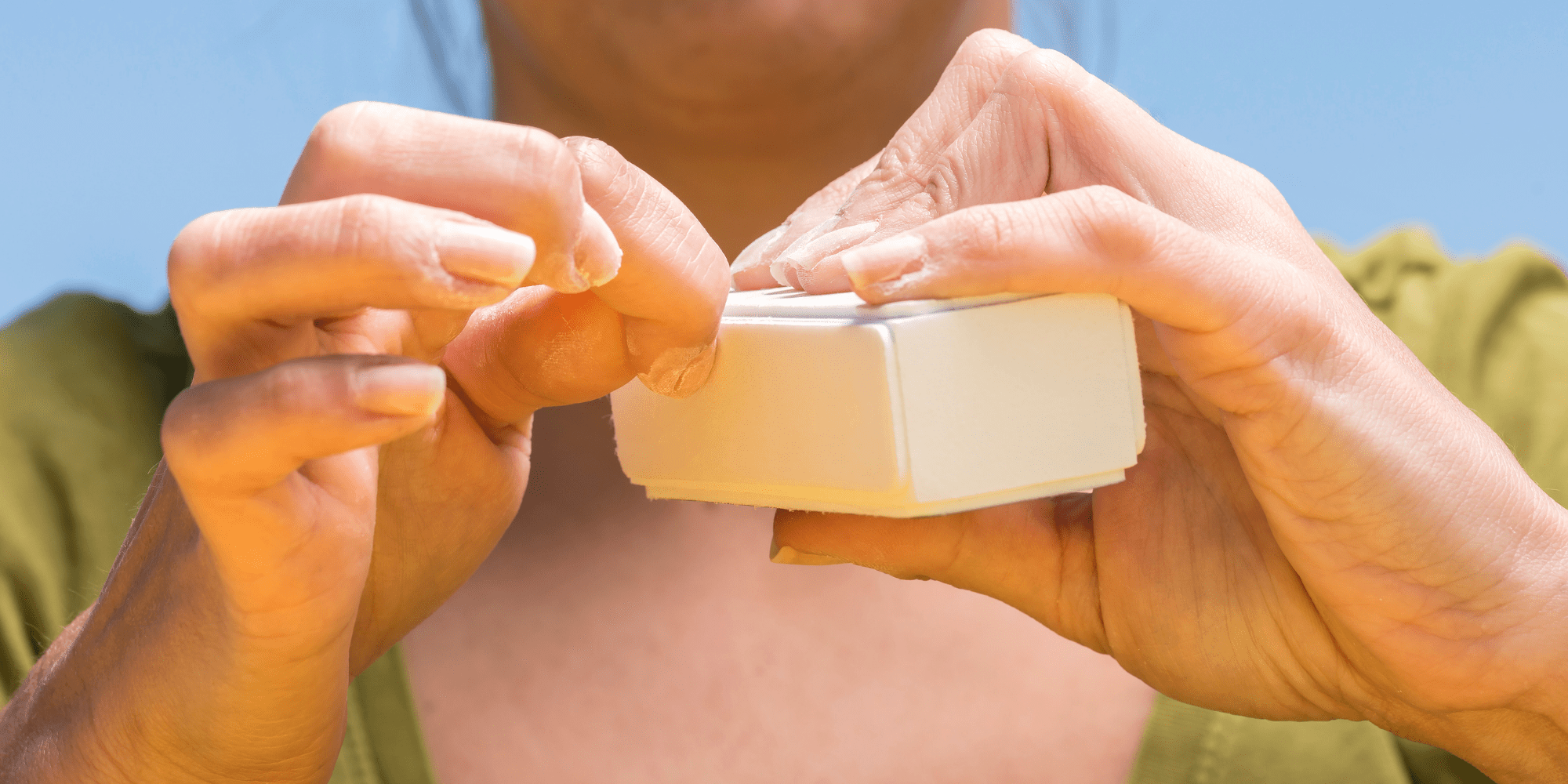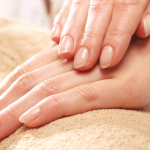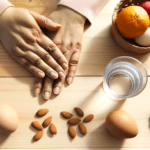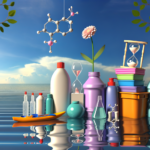Do you know where your cuticle is or your hyponychium? Most women don’t. If you’re setting out to have the best nails ever, you might as well know their parts and how they grow right.
Let’s take a look at this now. Your nail’s just not one piece. It’s part of a system and has a function. And this is what you should know before you go to the nail studio next time.
Jumping right in, your nails are part of the outer layer of skin and are made of a protein called keratin. The part of your nails that gets painted is called the nail plate. The nail plate is made up of 100 compressed layers of dead cells that come from a living portion beneath.
The nail plate itself doesn’t actually grow, but is pushed forward at 1/2 to 1 millimeter per week by the formation of new cells in the underlying structures. Because the cells of the nail plate are dead, they don’t heal. Preventing damage in the first place is the best way to keep them healthy and strong.
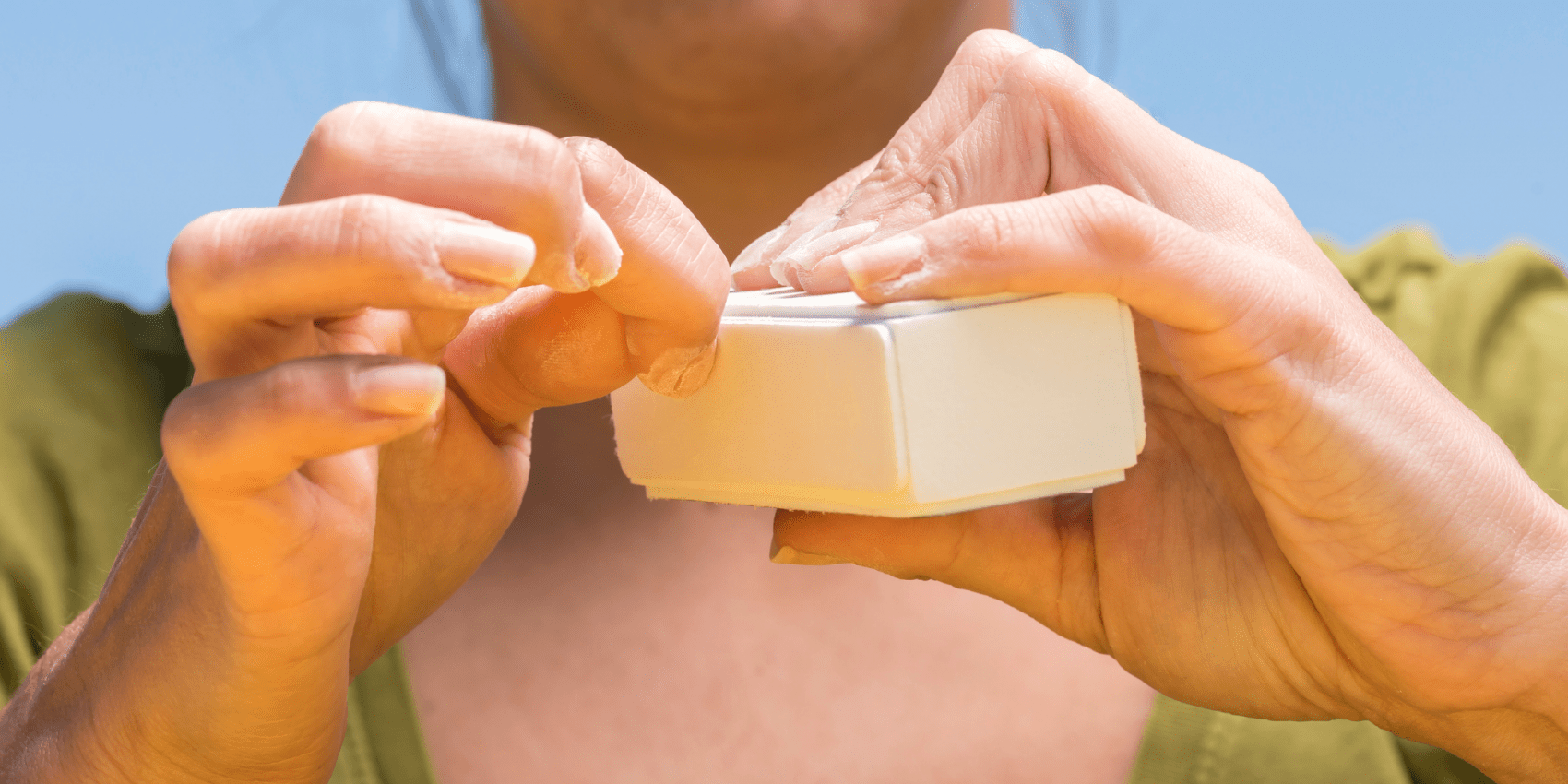
Did you know that the nail plate absorbs water more easily than skin? Just like your fingers prune in the tub, the nail plate will swell like a sponge. When it’s wet, the entire visible nail surface is the nail plate, but that part that grows past the underlying skin is called the free edge. On most people, the free edge is translucent or almost opaque, unlike the rest of the nail, which is usually transparent.
The faint whitish Half Moon you may be able to see on some of your nails is called the lunella. The lunella is just the name for the boundary with the underlying living portion of the cell. It’s almost like a smaller nail underneath the nail plate moving on from the visible nail structure to the skin around the nail. This skin’s purpose is to prevent pathogens from infecting the nail bed. We come to the cuticle first. As your nails move forward, a thin layer of skin called the cuticle moves with them. It’s as dead as the nail plate it’s attached to.
You might have heard that you should never touch your cuticle, but pushing this skin back ever so gently and properly can be OK and I’ll show you how to do it, but cutting your cuticles is not OK. I’ll go over this topic in the next video. J
Just behind the dead cuticle is the living eponychium. The name eponychium may seem intimidating, but it’s kind of cute. It’s Greek for meaning over the little claw. The Eponychium can have a hard surface, but there’s a living skin just below it.
This is why I’m completely against cutting cuticles. It’s too easy to mistake the dead cuticle for the live eponychium and risk infection or even permanent damage. All I do to this part is moisturize and massage.
The proximal fold of the eponychium is a tight band of living tissue that most people incorrectly think is their cuticle. This can dry out easily and people are quick to clip the skin thinking that they don’t need it. Don’t cut this skin, it’s your guardian shield that prevents germs and bacteria from getting into the nail matrix where new cells are created.
If you go to a salon for a manicure, don’t let them touch this skin. The paronychium or lateral nail fold is the skin along either side of the nail plate. In Greek it’s beside the little claw. Cute name, but the paronychium is where hang meals are born.
It’s a shield to keep things from getting underneath your nails, but sometimes a small piece can detach and stick up causing a hangnail and that’s nasty. These need to be removed promptly with clean tools or there’s a risk of infection. Treating this area like you treat your cuticles can help reduce hangnails in some people. The paronychium can form a hard lump on either side of the free edge of the nail plate. This can be clipped but very carefully.
Turning the fingers over we can see the hyponychium. The hyponychium means under the little claw. It’s the skin below the nail that dies and forms a protective wall to keep the outside world from getting under your nail. If you’re a former nail biter you’re hyponychium might be further back moisturizing. This area is a good idea for your nail health.
Moving below the visible structure and down into the guts of the nail is the nail matrix. The nail matrix is living and receives blood flow. This is where new nail cells are grown. As these new cells are set down, they push the older cells forward. The older cells die when they get too far back from the blood supply and they become the nail plate.
Have you ever heard your nails keep growing after you die? They actually don’t, but the skin around them dries and shrinks, exposing new nail plates and matrix and making them look like they’ve grown under the rest of the nail plate is the nail bed. If you’ve ever gotten a cut or blood blister under your nail, you know how alive the nail bed is like the rest of your skin. It’s got a blood supply. It secretes oils that keeps the nail plate conditioned. Healthy nails are strong, smooth, and pink, which indicates a good blood supply.
Blood flow is essential for nail health and growth, as this is how your nails get their key nutrients. When you’re healthy, your nails can look beautiful naturally. Your fingernails can actually temporarily stop growing when there’s an injury, preventing them from getting blood supplied. Smoking can also block the flow of oxygen to your fingernails, leaving them discolored. Whenever you put chemicals on your nails or do something to weaken them or thin them, remember, they have an incredible function of protection alongside the beauty aspect. And this should never be taken for granted.
There you have it, the incredible parts of your nails that all work together to protect the nerve endings of your fingers and toes and prevent infections from happening. The next time you go to the nail salon, I hope this helps empower you to make a better decision about your nails.

